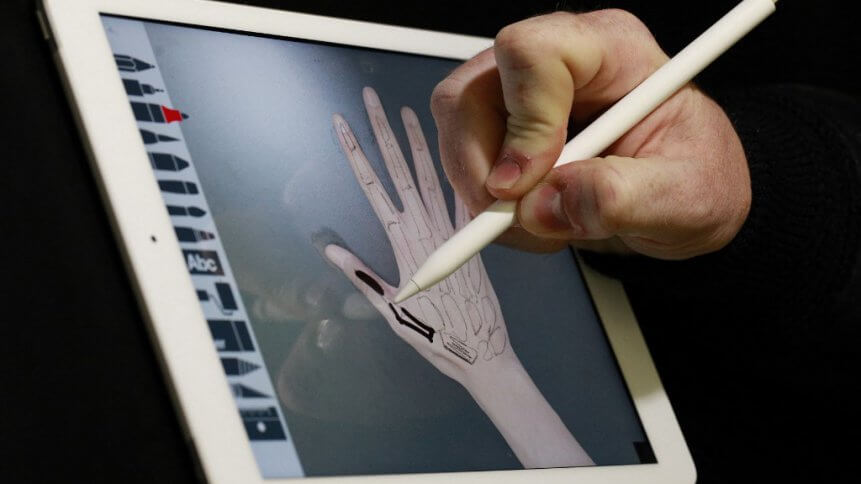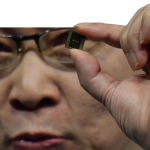How AI, ML will further advance the Ed-tech system

- While full-scale adoption of digital technologies maybe a few decades away, artificial intelligence (AI) has been fueling an education boom
- Yet, education is grossly under digitized, with less than 4% of global expenditure on tech
Many would say 2020 was the year of educational technology (ed-tech). When Covid-19 pushed schools to go remote, educators and students become more reliant on technology than ever before. In particular, the usage of artificial intelligence (AI)-powered solutions such as machine learning (ML), natural language processing (NLP), voice, and speech recognition has intensified during the lockdown and now it may be the way forward in the education industry.
The transition to this learning environment also revealed new insights into the state of technology in education. The “education system is evolving at an unprecedented rate, and making effective ed-tech investments will be critical in the year ahead,” according to a recent report by Promethean.
Last year alone, the ed-tech market raked in more than US$10 billion in venture capital investment globally in 2020, on the back of heavy adoption when schools and higher education centers shuttered because of the pandemic. Statistics however suggest that education is still grossly under digitized, with less than 4% of global expenditure on tech, presenting a serious challenge given the scale of what’s to come. The knowledge economy and future skills require massive digital transformation, and, while accelerated through Covid-19 there is still far to go.
How to use AI in education
Experts reckon educational institutions should make attempts to unlock the value trapped in vast volumes of data. For an instance, the huge data bank enabled with AI can be used to create customized assessments for students across subjects and grades. And the same can be evaluated with equal ease on a smartphone or a laptop.
AI can further be leveraged here to generate specific insightful reports, focusing on the strength and areas of improvement for different students. A fair assessment should evaluate students on both their strengths and areas that need improvement. While the current assessment models focus on overall dexterity, AI can create a fairer and unbiased system to assess students.
YOU MIGHT LIKE

3 ways AI is being used in the education industry
Another way AI and ML can further advance the ed-tech sector is by letting it sift through cluttered content. Furthermore, ed-tech players can provide additional support for students with AI tutors. As a matter of fact, some tutoring programs based on artificial intelligence already exist and can help students through basic mathematics, writing, and other subjects. While they might not be ideal for high-order thinking and creativity, they certainly help in teaching students the fundamentals.
Even customizing education to meet the needs of different students with varied aptitude is a mammoth task, but the ed-techs can overcome this bottleneck efficiently with the help of AI, which can help teachers and students to craft courses that are customized to their needs and also provide feedback to both about the success of the course as a whole. AI conversational tools — or chatbots — also can be leveraged to improve student engagement in their overall learning process. There are several ways in which chatbots can be used, including teaching a lesson through a series of messages, integrating it in the feedback loop, and more.









